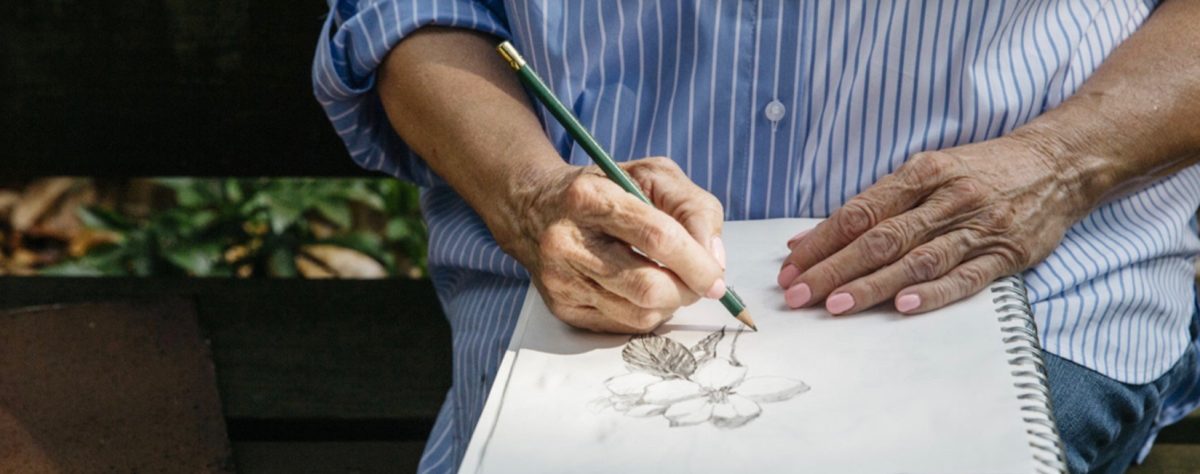“In photography there is a reality so subtle that it becomes more real than reality.”
The UK’s Daily Mail (here) has an article on Kodak and the first camera for use by the general public. Photography changed from the posed portraits of the times to capturing moments in the everyday lives of people. So much else of the art world evolved with Kodak’s camera.
Painting dramatically changed at the time early photography was growing according to an article by BigThink’s Bob Duggan in a well -documented post of the early influence of photography on painting. Duggan outlines how the late nineteenth century painters began to rely on photography more and more in their painting. Fleeting moments could be more readily captured by photography and translated to canvas. However, painters at the time were reluctant to admit their reliance on photography. Today, that is not the case.
Alfred Stieglitz was outspoken in promoting photography as art. He exhibited both at his famous New York art galleries. It was a radical idea at the time. Today, both photography and painting stand side by side in the art world. The amazing beauty achieved by photographers is fascinating to me. My camera and I wander around capturing bits of inspiration for painting. These are the moments I can truly appreciate the skill and artistic ability of photographers. I am usually able to capture what I need for painting but always wonder how photographers capture so much more.
That first Kodak camera for mass consumer use sparked a new and wonderful movement in the art world. The argument will continue about how photography and painting interact though most will likely agree the first Kodak Moment coincided with the paradigm shift that became the many diverse twentieth century art movements.


